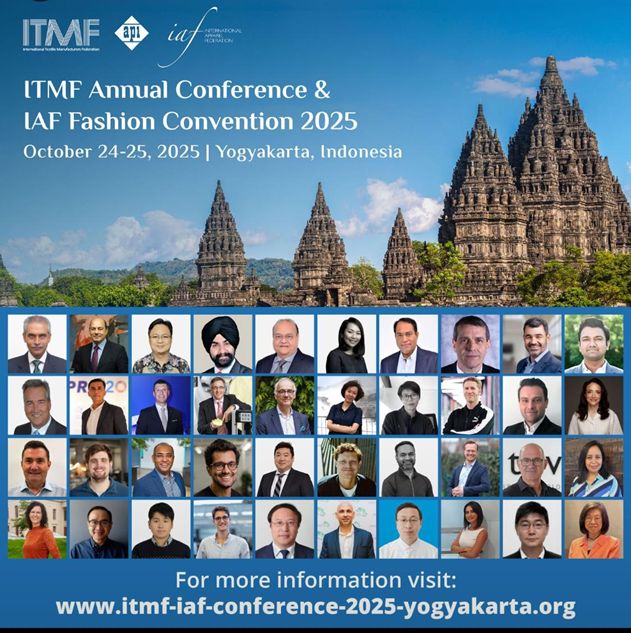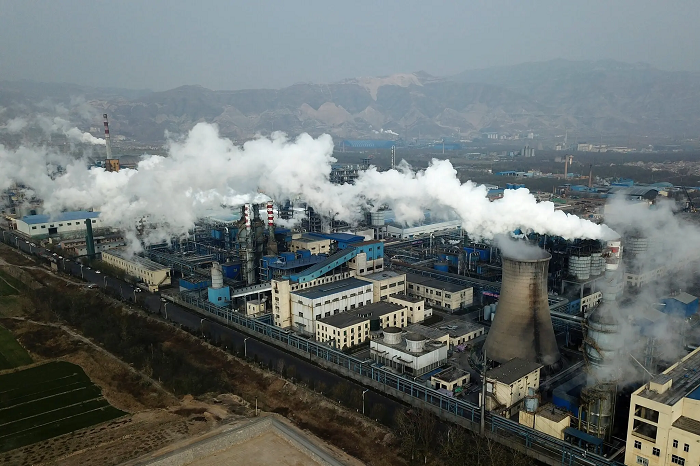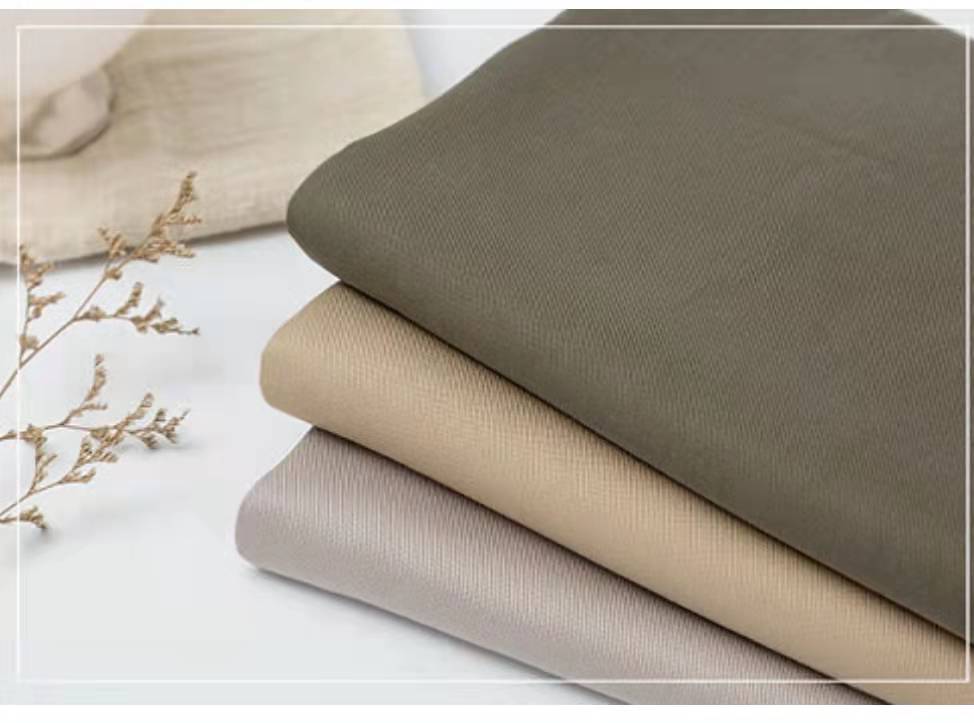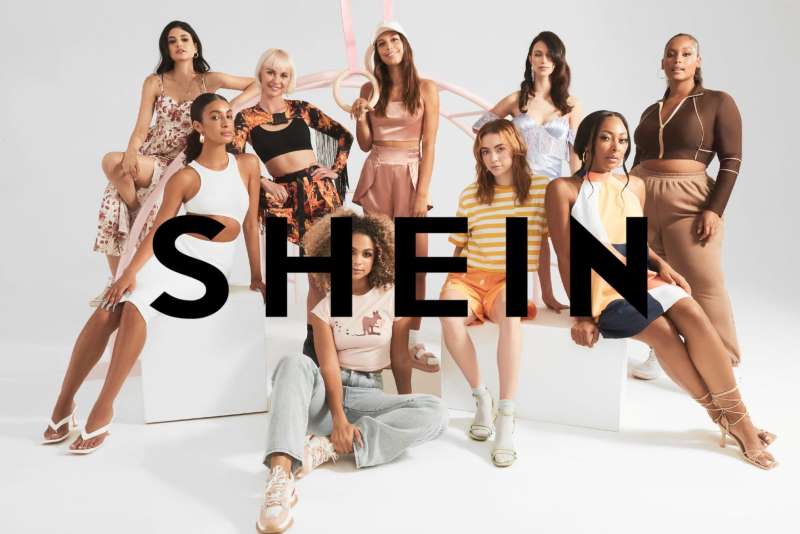Only two out of 63 fashion brands and retailers have disclosed a full list of their textile production sites in 2021. This reflects an increase of one from last year, says the sustainable fashion campaign group Fashion Revolution. The report analyzed the supplier disclosures of 63 fashion brands and retailers, including JD Sports, John Lewis and H&M. Only 29 brands have disclosed details of their processing facilities such as dye houses, while only 28, just under half of the brands, have disclosed their production sites, such as fabric mills. In addition, 44 per cent of brands have disclosed production sites. This is an increase of 13 per cent compared with the previous year.
Major brands and retailers have been urged to disclose all textile production facilities in their supply chains. There is a need for transparency beyond the first tier of manufacturing, where millions of hidden workers face labor abuses to make the fabrics in clothes. Although millenninals vouch for sustainable fashion and social change, the eco-friendly factor of a fashion product are often dominated by factors such as price and value. Even though this generation favors sustainable apparel and accessories, the industry is not providing them with sufficient choices that also meet their most important criteria for making a purchase.












